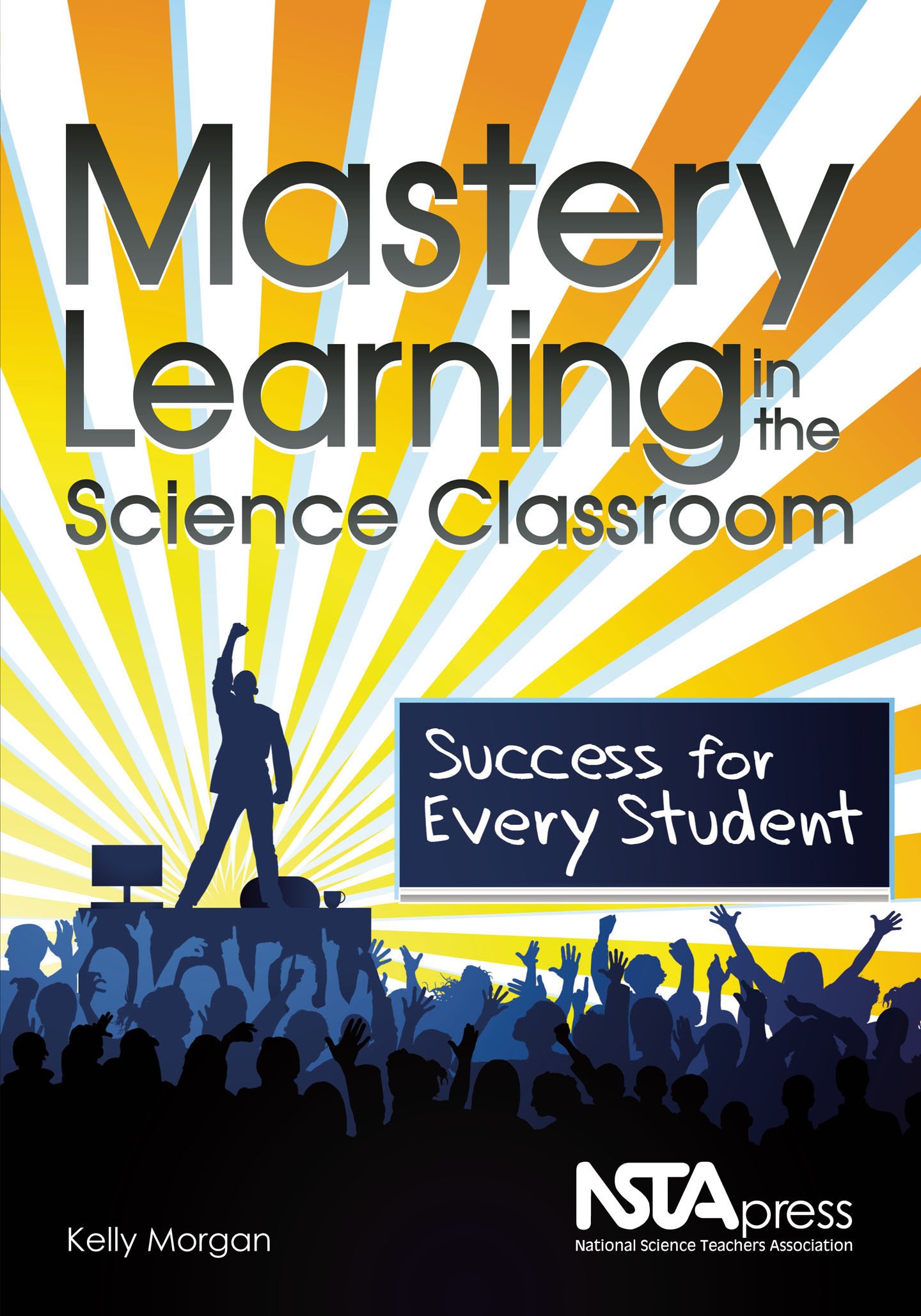Imagine a workout session with a physical trainer and client. After this session, which person ought to be sweaty, tired and out of breath? The answer is so obvious that the question seems silly to ask. Yet, there are classrooms across the world where the teacher is exhausted after the lesson and the pupil's most tiring activities were taking notes and perhaps pretending to be engaged.
I've always had issues with teachers lecturing on a consistent basis. Just as it seems obvious that the physical trainer ought to be demonstrating, facilitating and providing feedback during each session, the teacher ought to do the same during each lesson. If the trainer did every rep and set of every exercise during a session, while the trainee took notes and asked the occasional question, then we might confuse the trainer for the trainee.
The person who is learning should be the one doing most of the work. Students have to do the hard work of learning. Just as a trainer who does every rep and set of every exercise gains more than the passive trainee, teachers who lecture benefit from restating content before an audience more so than their passive students. The note taking trainee and student gain very little in comparison to their note giving counterparts.
After each lesson, I want my students to feel the strain and fatigue of the mental exercises I created for them. I want them to feel challenged and accomplished for succeeding after some level of failure. Just as muscles strengthen in response to physical challenges and atrophy after lack of usage, students learn when mentally challenged and become lazy thinkers and not invested when being lectured to on a daily basis.
After each lesson, one reflection question we ought to ask ourselves: "who did all the work?" If the answer is "my students," then it's more likely students have done most of the learning.




